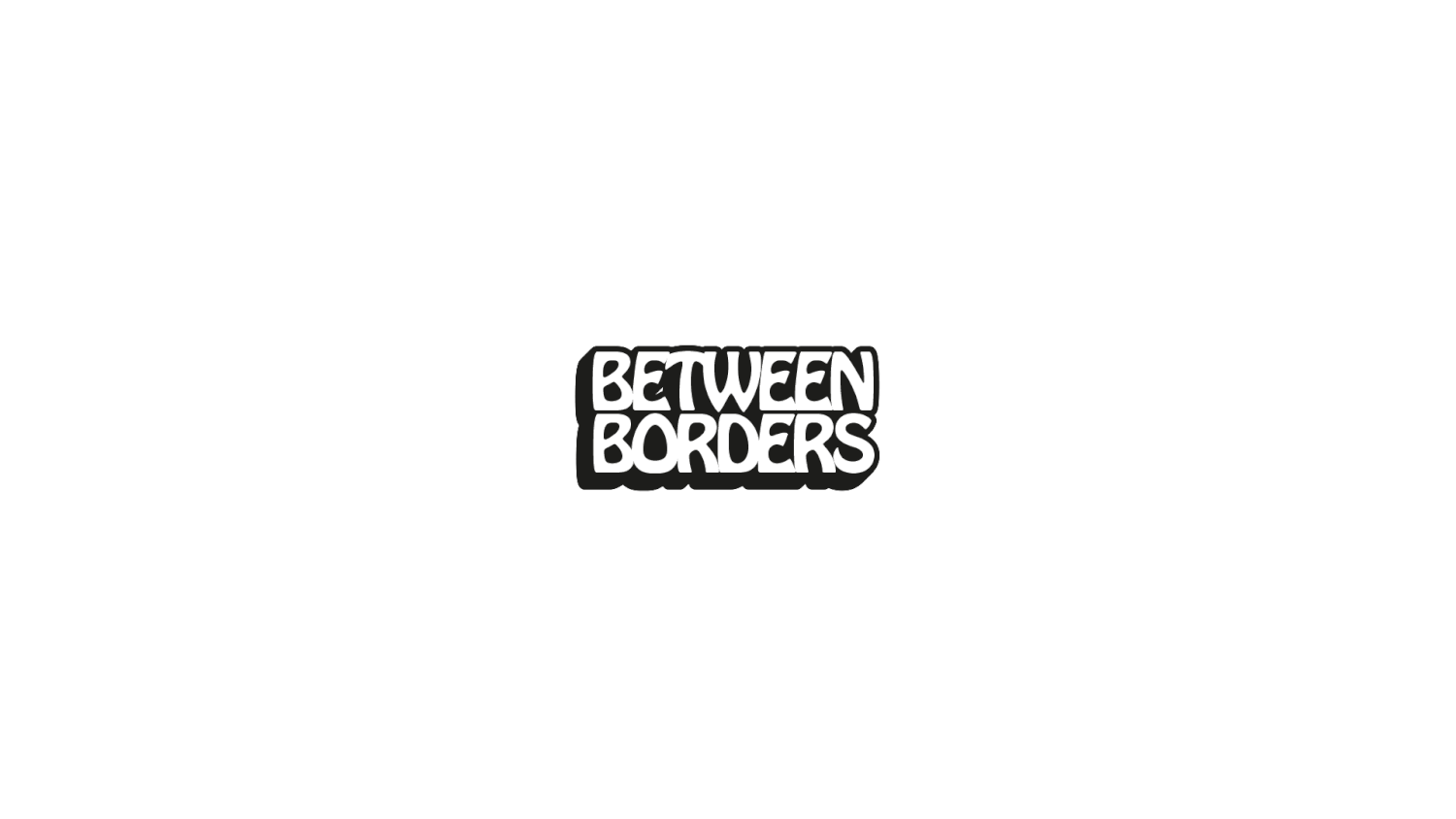What Does Caucasian Even Mean?
[et_pb_section fb_built="1" fullwidth="on" admin_label="Section"][et_pb_fullwidth_image src="http://between-borders.com/wp-content/uploads/2019/06/thumbnail_Header.png" animation="top" admin_label="Fullwidth Image" custom_margin="|||"][/et_pb_fullwidth_image][/et_pb_section][et_pb_section fb_built="1" transparent_background="on" custom_padding="0px||0px|0px" admin_label="Section"][et_pb_row make_fullwidth="on" custom_padding="0px|0px|0px|0px" admin_label="row"][et_pb_column type="1_4" parallax="off" parallax_method="on"][/et_pb_column][et_pb_column type="1_2" parallax="off" parallax_method="on"][et_pb_text admin_label="Details" text_font_size="14px" text_text_color="#a0a0a4"]
Perspectives
[/et_pb_text][et_pb_text text_orientation="center" max_width="1750px" admin_label="Text" header_font_size="45px" header_font_size_tablet="35px" header_font_size_phone="24px" header_font_size_last_edited="on|phone" text_font="PT Sans||||" text_font_size="52" text_font_size_last_edited="on|desktop" text_text_color="#1d1d1d" text_line_height="1.1em" custom_margin="10px|-100px|-20px|-100px" saved_tabs="all" inline_fonts="Bitter"]
WHAT DOES CAUCASIAN EVEN MEAN?
[/et_pb_text][et_pb_text admin_label="Details" text_font_size="14px"]
Words by Mira Elise Mookerjee
Artwork by Billy Glow
[/et_pb_text][et_pb_text max_width="3000px" admin_label="Text" text_font_size="18px" text_font_size_tablet="16px" text_font_size_phone="15px" text_font_size_last_edited="on|tablet" text_text_color="#44444a" text_line_height="1.5em" text_line_height_phone="1.5em" text_line_height_last_edited="on|phone" custom_margin_phone="|-15px||-15px" custom_margin_last_edited="on|phone"]
Today, Caucasian is accepted as a racial signifier that is interchangeable with ‘white’. The word pops up on official forms and in conversation to describe individuals who identify themselves as having ‘white’ skin. It is a term we use without question. However, the root of the word denotes those who originate from the Caucasus region. This area is situated between the Black Sea and the Caspian Sea and occupied by Russia, Georgia, Azerbaijan, and Armenia. Many individuals who describe themselves as Caucasian have no link to this region whatsoever. So how has this term slipped into our accepted vocabulary?
[/et_pb_text][et_pb_text text_orientation="center" admin_label="Text" text_font="neuzeit|on|||" text_font_size="11" text_text_color="#bababa" text_line_height="1em" custom_margin="||0px|" custom_padding="||0px|" inline_fonts="Bree Serif"][/et_pb_text][et_pb_text max_width="3000px" admin_label="Text" text_font_size="15px" text_line_height="2em" text_line_height_phone="1.5em" text_line_height_last_edited="on|phone" custom_margin_phone="|-15px||-15px" custom_margin_last_edited="on|phone"]
Johann Friedrich Blumenbac, who lived from 1752 to 1840, was a German physician, naturalist, physiologist, and anthropologist. He coined the modern day term Caucasian after arriving in the Caucasus region. He believed that the people who lived there were the most beautiful in the world, ‘the ideal type of people created in “God’s image”’.
We now know that humans originated in Africa, but when writing in the 1700s, Blumenbach deemed the Caucasus the likely site where all humans originated. This meant he believed that the first human was Caucasian. He states that ‘we may fairly assume [white] to have been the primitive colour of mankind.’
In "On the Natural Varieties of Mankind" Blumenbach separated human beings into five racial catagories: ‘Caucasian, the white race; Mongolian, the yellow race; Malayan, the brown race; Ethiopian, the black race; and American, the red race.’
Blumenbach racial classification had hugely detrimental impacts when it was accepted in the USA, as Carol C. Mukhopadhyay says, ‘American scientists tried to prove that Caucasians had larger brains and were smarter than people of other races. Racial science dovetailed with nineteenth-century evolutionary theories, which ranked races from “primitive” “savages” to more “advanced” or “civilized”, with Caucasians on top.’
[/et_pb_text][et_pb_text disabled_on="off|off|off" admin_label="Text" header_line_height="1.2em" text_font_size="64px" text_line_height="1em" custom_margin="50px|50px|50px|" custom_padding="0px|||" saved_tabs="all"]
"THE TERM ‘CAUCASIAN’ IS LANGUAGE FROM A DIFFERENT ERA. IT IS ROOTED IN A HISTORY OF SCIENTIFIC RACISM AND WHITE SUPREMACY. "
[/et_pb_text][et_pb_text max_width="3000px" admin_label="Text" header_font_size="35px" text_font_size="18px" text_line_height="2em" text_line_height_phone="1.5em" text_line_height_last_edited="on|phone" custom_margin_phone="|-15px||-15px" custom_margin_last_edited="on|phone"][/et_pb_text][/et_pb_column][et_pb_column type="1_4" parallax="off" parallax_method="on"][/et_pb_column][/et_pb_row][/et_pb_section][et_pb_section fb_built="1" custom_padding="0px|0px|0px|0px" fullwidth="on" admin_label="section"][et_pb_fullwidth_image src="http://between-borders.com/wp-content/uploads/2019/06/thumbnail_Confusion.png" admin_label="Fullwidth Image"][/et_pb_fullwidth_image][/et_pb_section][et_pb_section fb_built="1" custom_padding="0px|0px|0px|0px" admin_label="section"][et_pb_row make_fullwidth="on" custom_padding="37.7969px|0px|0px|0px" admin_label="row"][et_pb_column type="1_2" parallax="off" parallax_method="on"][et_pb_text admin_label="Text" text_font_size="12px" text_font_size_last_edited="off|desktop" text_text_color="#c1c1c1" text_line_height="1.5em" custom_margin_phone="|-15px||-15px" custom_margin_last_edited="on|phone"][/et_pb_text][/et_pb_column][et_pb_column type="1_2" parallax="off" parallax_method="on"][/et_pb_column][/et_pb_row][/et_pb_section][et_pb_section fb_built="1" custom_padding="0px|0px|0px|0px" admin_label="section"][et_pb_row custom_padding="0px|0px|46px|0px" admin_label="row"][et_pb_column type="1_4" parallax="off" parallax_method="on"][/et_pb_column][et_pb_column type="1_2" parallax="off" parallax_method="on"][et_pb_text max_width="3000px" admin_label="Text" text_font_size="15px" text_line_height="2em" text_line_height_phone="1.5em" text_line_height_last_edited="on|phone" custom_margin_phone="|-15px||-15px" custom_margin_last_edited="on|phone"]
Blumenbach’s original category for “Caucasian” included some North Africans, Armenians, Persians, Arabs, and North Indians. However, this was altered when it reached the US, who reinvented the classification to only include those of ‘European’ descent. Blumenbach’s racial classification has a long history of being associated with scientific racism. As Mukhopadhyay states, his ‘racial hierarchies were used to justify slavery and other forms of racial discrimination. The U.S. legal system drew on Blumenbach’s definitions to decide who was eligible to become a naturalised citizen, a privilege the 1790 Naturalisation Act restricted to “whites.”’
However, Kate MacCord argues that ‘although Blumenbach recognised distinct races, he also believed in the unity of the human species, and he combated the use of anthropology as a means to promote discrimination.’ In much of Blumenbach’s writing this is true. The way his racial categories have been used in the USA would not have been his intent. However, he did believe that those from the Caucasus region had ‘the really most beautiful form of skull, [such as that of] a young Georgian female always of itself attracts every eye, however little observant’. And in Blumenbach’s chapter ‘The Negro’, his Eurocentric ideas of beauty are blatant when he described a woman of African descent, ‘set aside the disagreeable skin,’ ‘ as well formed as our European ladies’. This racist link between whiteness and beauty is therefore still deeply intertwined with his definition of Caucasian.
This shows that even if the term ‘Caucasian’ was not created by someone who preached pure racial hatred, it still festers with beliefs about white supremacy, where ‘Caucasians’ are deemed as a more advanced race, and that by their birthright are more beautiful and more intelligent. Mukhopadhyay ‘suggest[s] that each time we, as educators, use or subject our students uncritically to the term Caucasian, we are subtly re-inscribing key elements of the racist worldview’.
Although Blumenbach was writing in the 1700s, in the modern day people of colour are still being exposed to the ugly cobwebbed ideas that are present within his writing. Eurocentric beauty standards still persist, and POC who have the ability to achieve are still seen as an exception to the rule.
This is not an attempt to condemn Johann Friedrich Blumenbach, for although a modern reader would rightly consider much of what he says in The Anthropological Treatises of Johann Friedrich Blumenbach as racist and misogynistic, for his time much of his racial analysis is not ridden with hate. What I wish to highlight is that the term ‘Caucasian’ is language from a different era. It is rooted in a history of scientific racism and white supremacy. Using ‘Caucasian’ today is as factually incorrect as using ‘Red Indians’ to describe those who are native to America. In the same way Christopher Columbus did not find India, and therefore the natives living on the land were not Indians, Johann Friedrich Blumenbach did not find the origin of all ‘white’ people in the Caucasus.
Moreover, Caucasian ‘doesn’t indicate anything real.’ You only need to look at the shifting definition of the term Caucasian throughout history to recognise that it the term has been used as a tool to create borders, where in reality, there are none.
Race needs to be understood and recognised due to its history, but you do not need to be ‘colour-blind’ to realise that race is a system that has no foundations in reality. Our modern day racial categorisations have not always existed. Like any other myth, race was created. In the process of unpicking and eradicating this system, it is important that we question and criticise the language we use that upholds outdated and biased ways of thinking about the world.
[/et_pb_text][/et_pb_column][et_pb_column type="1_4" parallax="off" parallax_method="on"][/et_pb_column][/et_pb_row][/et_pb_section][et_pb_section fb_built="1" background_color="#f9f9f9" custom_padding="20px||0px|" disabled_on="off|off|off" admin_label="Section" global_module="30533"][et_pb_row make_fullwidth="on" custom_padding="0px|0px|0px|0px" parallax_method_1="off" admin_label="row" custom_css_main_element="padding-left:30px !important;||padding-right:30px !important;"][et_pb_column type="4_4" parallax="off" parallax_method="off"][et_pb_text admin_label="Text" header_text_color="#ffffff" header_letter_spacing="19px" text_letter_spacing="1px" custom_margin="15px|||"]
READ MORE
[/et_pb_text][et_pb_blog fullwidth="off" posts_number="6" meta_date="j M, Y" show_author="off" show_date="off" show_pagination="off" offset_number="0" masonry_tile_background_color="#ffffff" admin_label="Blog" header_font="|on|||" header_font_size="20px" meta_font="||||on" meta_font_size="12px" meta_text_color="#939393" use_border_color="on" saved_tabs="all"][/et_pb_blog][/et_pb_column][/et_pb_row][/et_pb_section][et_pb_section fb_built="1" background_color="#000000" custom_padding="0px|0px|-60px|0px" admin_label="Section"][et_pb_row custom_padding="38.3594px|0px|5px|0px" parallax_method_1="off" parallax_method_2="off" parallax_method_3="off" admin_label="Row"][et_pb_column type="1_4" parallax="off" parallax_method="off"][/et_pb_column][et_pb_column type="1_2" parallax="off" parallax_method="off"][et_pb_text text_orientation="center" admin_label="Text" header_line_height="1.4em" text_line_height="2.3em"]
CONTEMPORARY CONVERSATIONS
[/et_pb_text][et_pb_social_media_follow link_shape="circle" url_new_window="off" admin_label="Social Media Follow"][et_pb_social_media_follow_network social_network="twitter" url="https://twitter.com/borders_between?lang=en-gb" bg_color="#000000" link_shape="circle" follow_button="off" url_new_window="off"] Twitter [/et_pb_social_media_follow_network][et_pb_social_media_follow_network social_network="instagram" url="https://www.instagram.com/betweenbordersmag/" bg_color="#000000" link_shape="circle" follow_button="off" url_new_window="off"] Instagram [/et_pb_social_media_follow_network][et_pb_social_media_follow_network social_network="facebook" url="https://www.facebook.com/BetweenBordersMagazine/" bg_color="#000000" link_shape="circle" follow_button="off" url_new_window="off"] Facebook [/et_pb_social_media_follow_network][/et_pb_social_media_follow][/et_pb_column][et_pb_column type="1_4" parallax="off" parallax_method="off"][/et_pb_column][/et_pb_row][/et_pb_section]

